|
Vishal Chandra I'm an ECE master's student at the University of Michigan, where my focus area is computer vision. I received my BSE in computer engineering also from Michigan. Here, I work at the Lab for Progress on hardware-accelerated DeepRL and on 3D object reconstruction. I'm also an advisor at Atlas Digital Consulting and a member of Michigan Investment Group. This past summer, I was a research intern at MIT Lincoln Laboratory focusing on unsupervised representation learning for object re-identification across large video databases. In my free time, I enjoy learning to fly planes, collecting watches, and taking film photos. |
|
ResearchMy main research interest is in deep learning for computer vision. I'm also interested in graph learning, inverse problems, and scientific machine learning. As a computer engineer, I'm also always learning about efficient and alternative hardware for machine inference. |
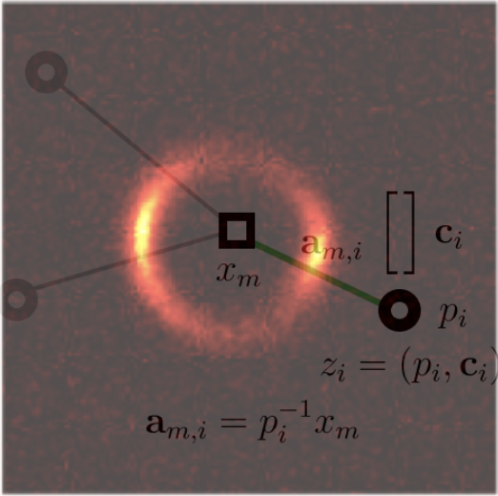
|
Equivariant Neural Fields for Dark Matter Morphology Classification
Vishal Chandra CSE 598: AI for Science Final Project "Equivariant Neural Fields for Dark Matter Morphology Classification" code and checkpoints / slides / report Given the success of steerable CNNs demonstrated by Cheeramvelil et al., some experiments to apply the recent equivariant neural field (ENF) architecture to the problem of dark matter morphology classification. This is a three step process: fitting neural fields with meta learning, fitting the ENF to produce equivariant latents, and fitting a downstream classifier. |
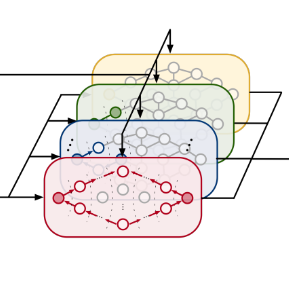
|
Explainable DiGCN for Decomposition of Opaque Node Ranking Functions
Vishal Chandra IEEE High Performance and Extreme Computing (HPEC) 2024 poster Training a DiGCN to fit black-box node rankings on directed graphs, then applying multi-scale Grad-CAM to visualize the learned decomposition of the black-box ranking function. |

|
Loss Function Design for Surface-Estimating Models
Vishal Chandra Technical Report, Cognex ID Algorithms Team, 2023 code and report property of Cognex Corp. Formulated methods for 2D surface comparison for use in vision model loss function, based on rank correlation and ideas from differential geometry. (image source) |
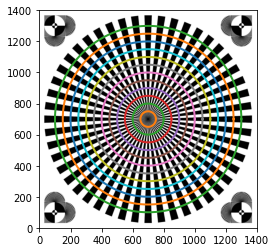
|
Modulation Transfer Function: Survey & Derivations
Vishal Chandra Technical Report, Cognex Test Engineering Team, 2022 code and report property of Cognex Corp. Generating the modulation transfer function (MTF) of an imager from various calibration targets, with derivations and survey of MTF literature. Presented to large R&D audiences. |
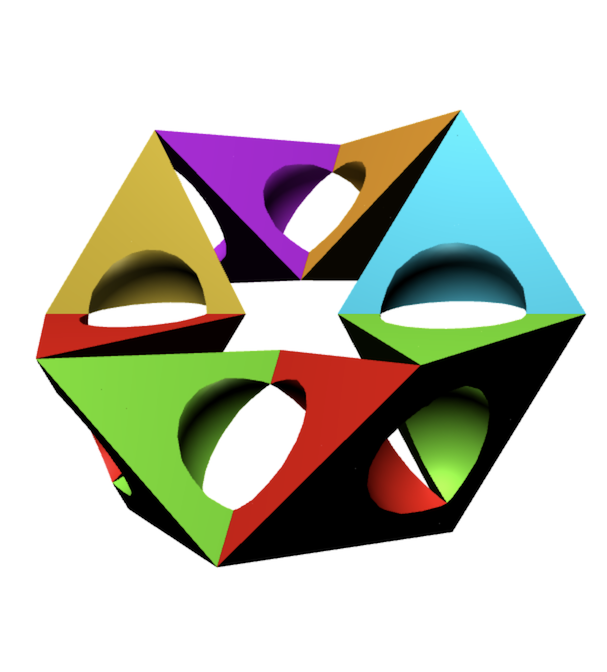
|
Sculptable Kaleidocycles: Visualizing Variable Cell Geometry
Vishal Chandra, Aren Martinian, Peter Atlas Proceedings of Bridges, 2021 project page / paper Simulating and sculpting a class of toroidal ring linkages called kaleidocycles. Deformation of their basis units create interesting designs on the whole with both artistic and mechanical functionality. |
Other ProjectsSome of my other related projects on vision, AI, and hardware. |

|
3D Marker Tracking Cameras on Low-Cost Embedded Platorms
Vishal Chandra, Darren Fitzgerald, Sonia Kim, Aida Ruan, Andrew Schallwig project page / report Low-cost, open-source, esp32-based camera system for tracking 3D markers in real-time. The goal was to make motion caption more accessible to small labs and game studios. Prototyped in Python, converted to Rust & C for fast data reconstruction and trasmission. |
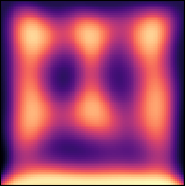
|
PDE Networks
Andrew Schallwig, Satvik Nagpal, Simon Cadavid, Vishal Chandra website / models PDENets is a collection of Physics-Informed Neural Networks (PINN) and Fourier Neural Operators (FNO) trained to solve key families of partial differential equations including the heat equation and Helmholtz equation. This project was a survey of methods to better understand the field of AI for Science. |

|
Reconstructing Images from Projections
Vishal Chandra, Sasha Mittal, Abhinav Thakur report A survey of three methods for tomographic image reconstruction: filtered backprojection (FBP), algebraic reconstruction technique (ART), and neural network-based reconstruction. We step through each method, compare their performance, and ablate some of the key hyperparameters. |

|
March Madness 2022 SVM
Vishal Chandra model A simple SVM for predicting the outcomes of the 2022 March Madness tournament. Team vectors comprised of some team statistics and six expert power rankings including Pomeroy, Sagarin, Massey, and Colley. From Colley's method, I began to explore graph analytics applied to sports. (image source) |
For the Michigan Daily |
| A Data-Driven Rose Bowl Preview |
| A Data-Driven Orange Bowl Preview |
|
visitors |